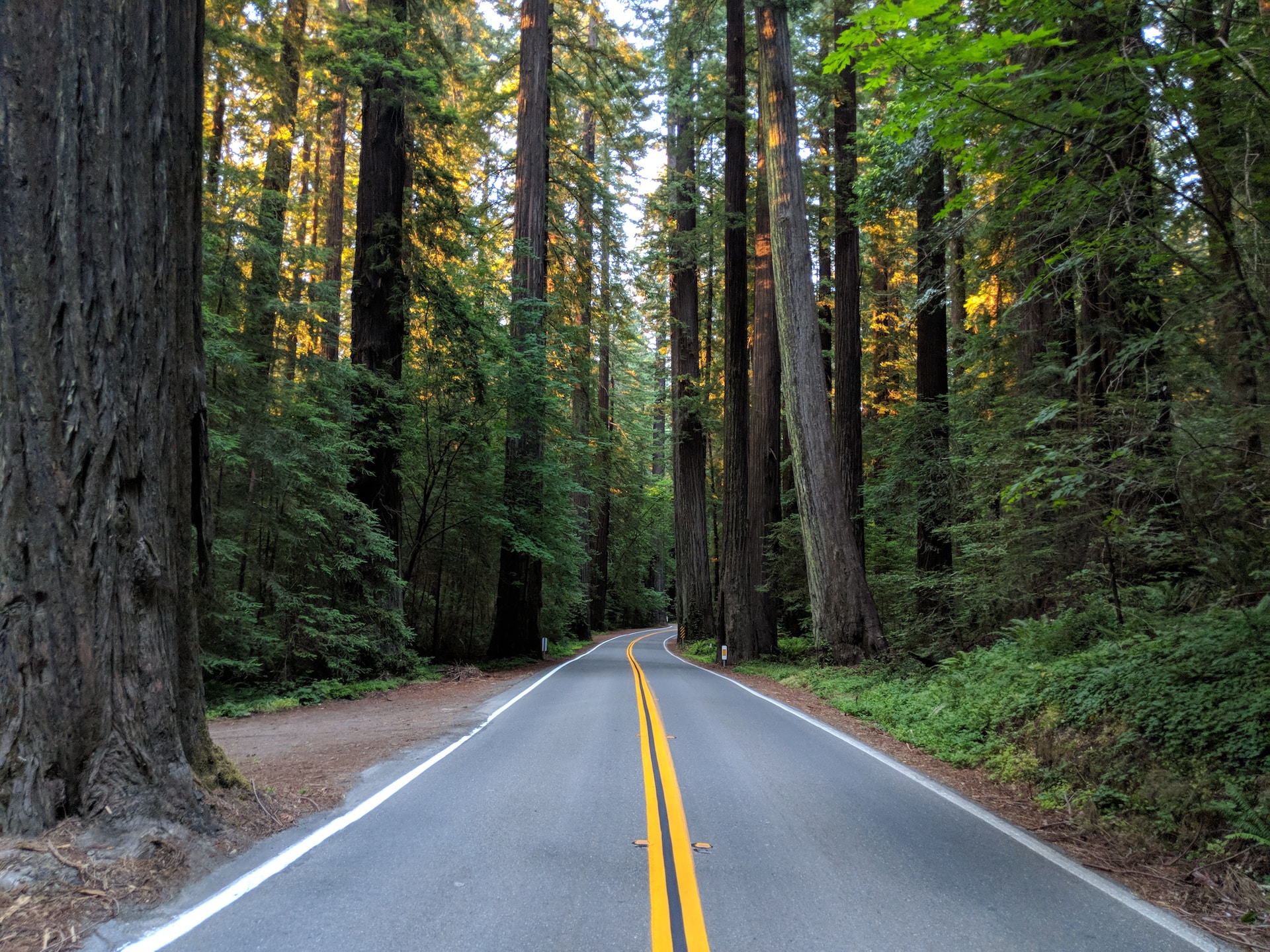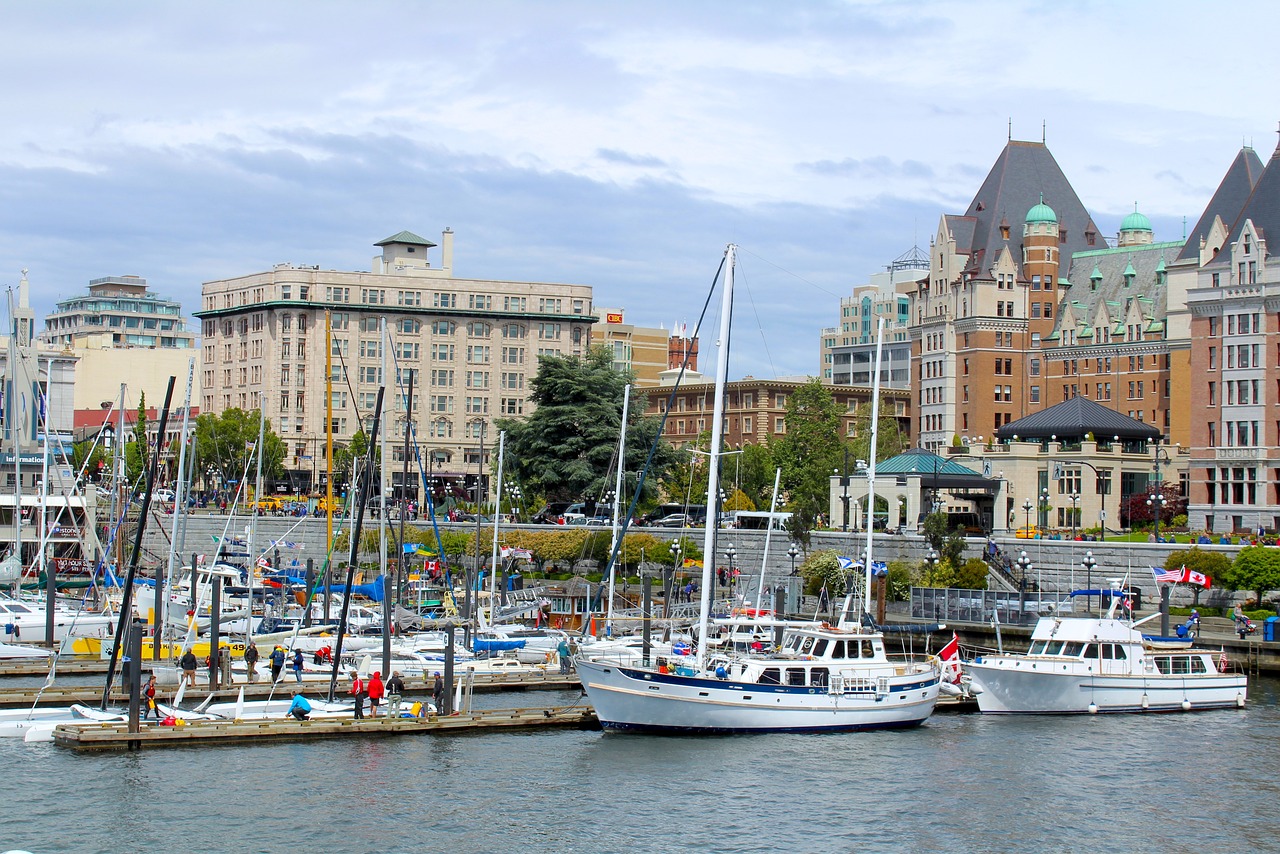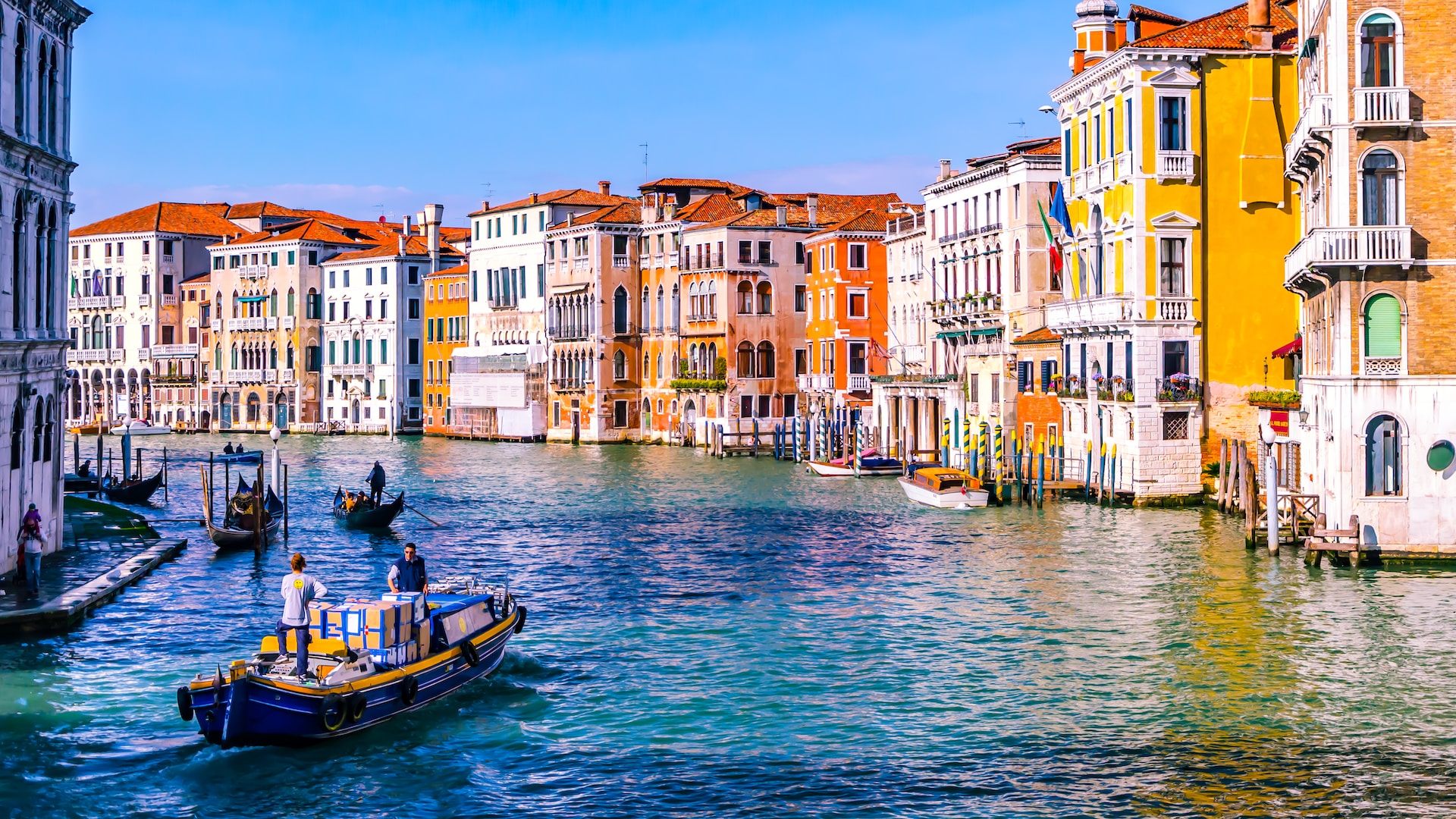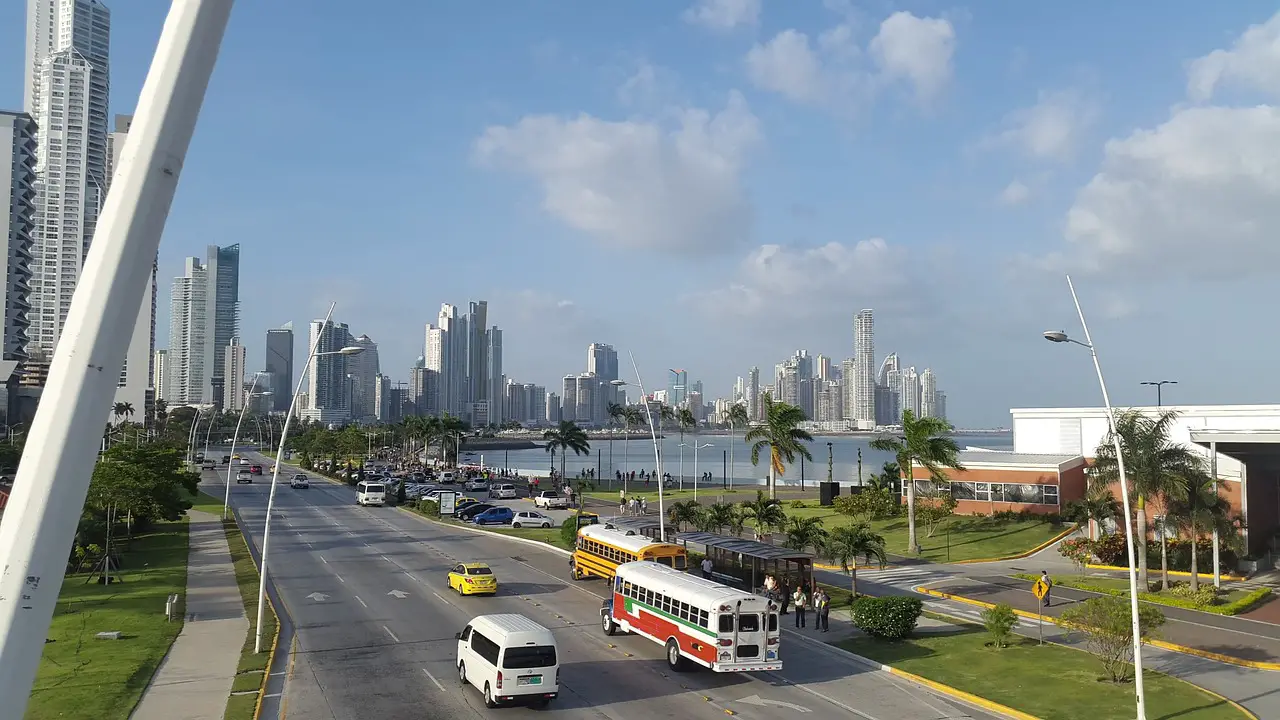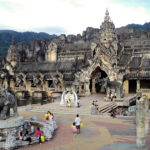Nestled in the northernmost part of California, Humboldt County is a gem of a place steeped in natural beauty, cultural richness, and a fascinating history. This lush region stretches over an area of about 4,000 square miles, encompassing a varied topography ranging from rugged Pacific coastline to verdant forests, a testament to the diverse offerings of Humboldt County.
Geography and Natural Beauty
Much of Humboldt County’s appeal lies in its breathtaking natural beauty. The county is home to the world-renowned Redwood National and State Parks, where one can find towering ancient redwood trees, some of the tallest and oldest living beings on earth. These colossal trees, soaring hundreds of feet into the sky, provide an ethereal atmosphere that’s difficult to replicate. The lushness of the Avenue of the Giants, a 31-mile scenic drive, is mesmerizing.
To the west, the county stretches out to meet the wild Pacific Ocean, resulting in approximately 110 miles of stunning coastline. Ranging from broad sandy beaches to dramatic cliff-side vistas, the coast offers views that are strikingly beautiful and often quite powerful. It’s a place where the roaring ocean waves crash against towering cliffs and sea stacks rise from the depths, providing a habitat for diverse wildlife.
Inland, the county houses an array of landscapes, from the lush, fertile Eel River Valley and the extensive wetlands of Humboldt Bay to the rugged topography of the King Range National Conservation Area and the Trinity Alps. The Mad River, a major waterway in the county, is a significant source for drinking water and irrigation, as well as a popular destination for recreational activities like fishing and rafting.
History and Heritage
The history of Humboldt County is a mosaic of cultural heritage, exploration, and industry. Long before Europeans arrived, the region was home to a rich tapestry of Native American tribes, including the Hupa, Yurok, Karuk, Wiyot, and Chilula peoples. These tribes lived in harmony with the land for thousands of years, developing a rich culture rooted in the area’s natural bounty.
With the arrival of Europeans, the county underwent significant changes. Named after the famed explorer and naturalist Alexander von Humboldt, the county was established in 1853 during the height of the California Gold Rush. This era saw an influx of settlers lured by the promise of gold, leading to an unfortunate and tumultuous period of conflict and displacement for the indigenous populations.
The logging industry flourished in the latter half of the 19th and early 20th centuries, primarily due to the abundance of redwood and Douglas fir trees. However, aggressive logging led to extensive environmental degradation, sparking movements for conservation that resulted in the creation of protected areas like the Redwood National and State Parks.
Culture and Community
Humboldt County’s cultural scene is as diverse as its geography. The county is home to several higher education institutions, including Humboldt State University, which is known for its strong programs in natural resources and sciences, as well as for being a catalyst for arts and culture.
The arts thrive in Humboldt, with a vibrant community of artists, musicians, and performers contributing to a bustling cultural scene. The county is renowned for events like the Arcata Bay Oyster Festival, North Country Fair, and the Kinetic Grand Championship – a race of human-powered, all-terrain works of art.
Furthermore, the county’s cannabis culture is notable. With its ideal growing conditions, Humboldt has long been associated with cannabis cultivation, and the legalization of marijuana in California has brought this industry into the mainstream, with its economic and cultural impacts becoming increasingly significant.
Economy
Humboldt’s economy is based on a diverse mix of traditional and emerging sectors. Agriculture plays a vital role, with dairy farming, cattle ranching, and wine production being significant contributors. The county’s maritime economy is also important, with commercial fishing, aquaculture, and oyster farming prevalent in the area. Of course, the cultivation of cannabis has become a significant industry, with Humboldt known for its high-quality strains.
Moreover, the county is making efforts to diversify its economy and reduce its reliance on traditional industries. Sectors such as renewable energy, technology, and tourism are being fostered to create sustainable economic growth. The county’s rich natural resources, coupled with its commitment to conservation and sustainability, offer unique opportunities for green businesses and eco-tourism.
In essence, Humboldt County is much more than just a geographic location; it’s a vibrant, living tableau of nature, culture, history, and community. This region, with its majestic redwoods, rugged coastline, and diverse cultural tapestry, offers a unique blend of experiences that resonate deeply with those who visit or choose to call it home. As one wanders beneath the towering canopy of ancient trees or along the expansive coastline, it’s easy to understand why Humboldt County leaves an indelible mark on the hearts of many.
